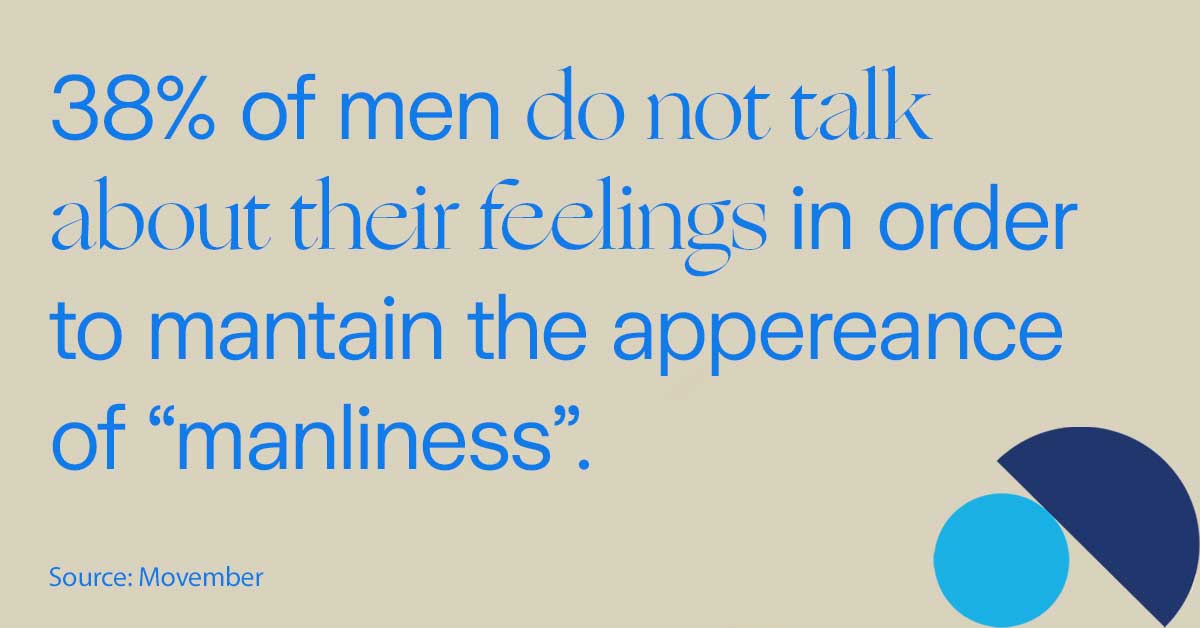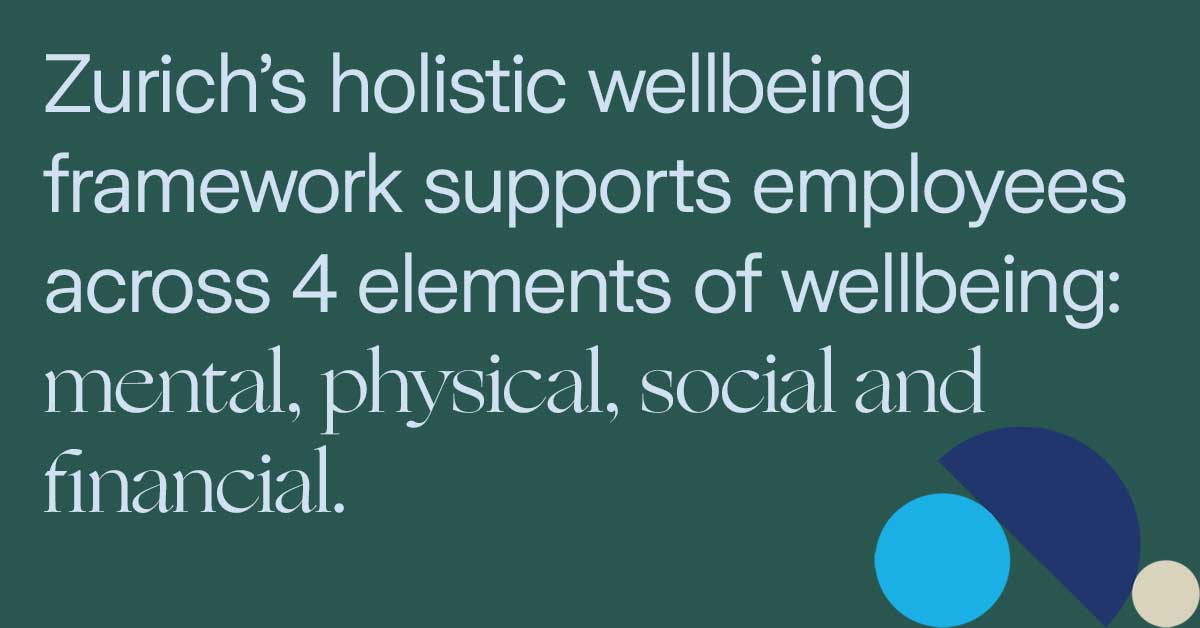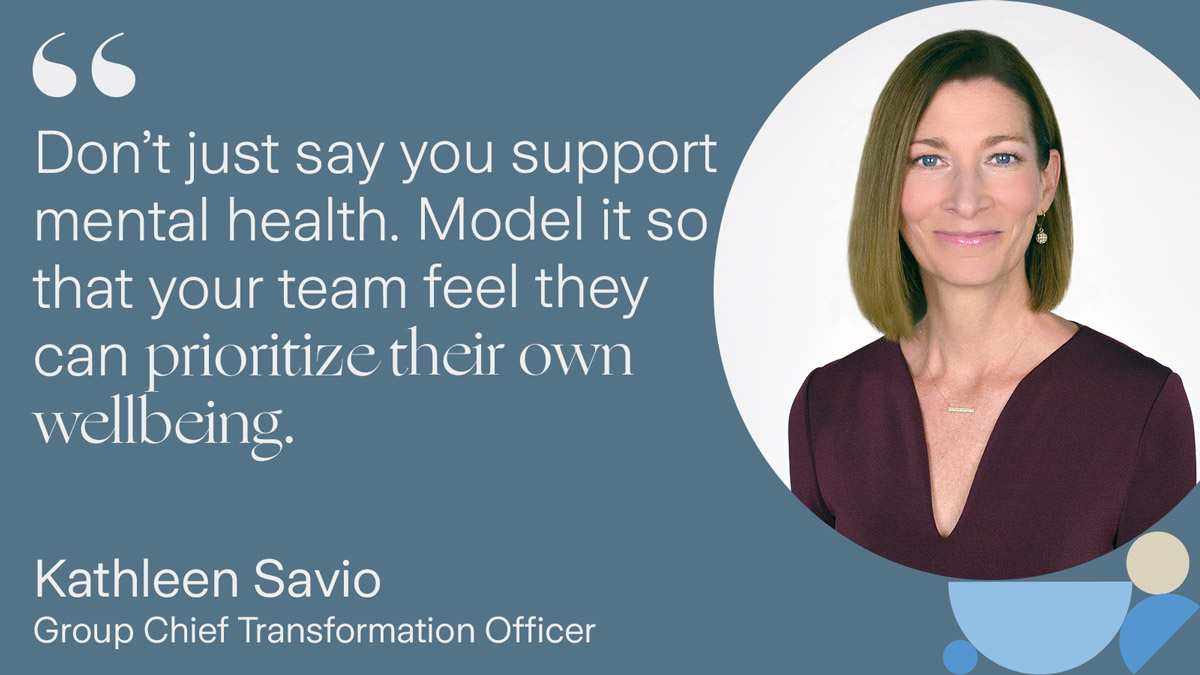Is it time to encourage employees to bring their emotions and feelings into work?
Global risksArticleApril 28, 20226 min read
Traditionally employees were told to leave their worries at home. This outdated thinking needs to change. Blurred lines between work and home and an acceptance that employees should be able to bring their ‘whole selves’ into work mean companies should embrace their emotions and feelings into work?
For many people, going to the workplace involves adopting a work persona or even wearing a mask that hides our vulnerabilities and true feelings. This may mean choosing not to come out in the office or neurodiverse employees concealing their challenges with autism or dyslexia. Or it may mean simply crying in the bathroom while pretending to be happy sat at the desk.
More businesses are embracing diversity and inclusion practices that encourage, for instance, LGBT+ or neurodiverse employees to bring their ‘whole selves’ to work in the belief that they will be happier, more engaged and ultimately more productive.
But emotions at work, for some businesses, are considered a liability. Leave those at home, come to work, act professional and focus on the job at hand.
Yet emotions have come to the fore. Two years of the COVID-19 pandemic, lockdowns, working from home and other restrictions on life are taking a toll on our mental health. In addition, we now have concerns about spiralling inflation, the rising cost of living and daily depressing news about the conflict in Ukraine and the ongoing humanitarian crisis – we don’t know what will come next. We live in uncertain times and uncertainty breeds anxiety.

“For good mental health and wellbeing we need stability, predictability and security because that gives us a sense of control. But when we have the threat of a pandemic with new variants, or floods and fires, or armed conflict and wars, in addition to our everyday relationship stress, it becomes a threat to our very sense of stability and control in our lives and our future,” explains Dr. Suzan Song, who specializes in adolescent and family psychiatry at George Washington University.
Speaking on the topic of emotional wellbeing at the Zurich Talks – a four-part discussion series produced in partnership with Zurich Insurance Group (Zurich) and CNBC – Dr. Song says people need support with their emotions and mental health. “There’s so much talk about self-care and self-regulation of emotions, but a total reliance on oneself doesn’t work. We’ve evolved to regulate our emotions with others.”
And this is where businesses can make a difference, says Kathleen Savio, Zurich’s Group Chief Transformation Officer. “It is becoming increasingly challenging to leave emotions behind when coming to work. We are all human beings facing different challenges and stresses. As a business we take a step back and recognize the impact that these events are having on our people and look for ways to support their health and wellbeing and to be there for one another.”

A holistic response
In response, Zurich has developed a global holistic wellbeing framework that provides employees with tools and resources across four elements of wellbeing: mental, physical, social and financial wellbeing. While the mental and physical elements are well known, the social aspect concerns employees’ ability to communicate, develop meaningful relationships and feel included. Financial wellbeing aims to support with financial security for day-to-day and future needs so that employees avoid financial stress.
Zurich also has a network of mental health first aiders across many of its global locations and through its LiveWell app, it provides customers – and employees – access to personalized and digital holistic health and wellbeing support.
The pandemic has crystallized the importance of an employers’ duty of care to their employees. Research for the report Shaping a brighter future of work, produced by Zurich and the Smith School of Enterprise and the Environment at the University of Oxford, reveals that employees around the world are looking to their employers to participate more in their overall wellbeing.
Cynthia Hansen, managing director of the Innovation Foundation at the Adecco Group, says businesses need to learn to become “emotionally intelligent organizations.”
“Emotions are part of that idea of being able to bring your whole self to work,” says Hansen. “But most companies are not dealing specifically with emotions. An emotionally intelligent organization is open to measuring and taking action around people’s emotions and not pretending that there is this barrier between what you do and who you are at work versus who you are in your private life.”
One of the key issues is that many employees are not willing to talk about their emotions or discuss concerns about their mental health in the workplace. This could be due to fear of being judged by colleagues and managers as “emotional” or other societal pressures. For instance, research finds that 38 percent of men do not talk to others about their feelings in order to maintain the appearance of “manliness.”

Combating stigma
“Stigma is the biggest killer out there,” says former U.S. Surgeon General Jerome Adams. “Stigma kills more people than cigarettes, than heroin, than any other risk factor. Because it keeps people in the shadows, it keeps people from asking for help, it keeps good people from being willing to offer help.”
To combat the stigma and reluctance to talk about mental health at work, companies need to open doorways of conversation and create safe spaces where employees can seek help and openly discuss their emotions and mental wellbeing.
Hansen says they are two ways that businesses can do this this. “One is raising awareness across the entire company and building a culture where it’s OK to talk about mental health. The other is making sure managers in particular have the skills to deal with mental health issues and to keep an eye out. It’s not just enough to be aware, but also to feel empowered to watch for signals, to know how to refer someone or how to open a conversation.”
The ongoing pandemic and current economic and geopolitical concerns may be fueling a rise in mental ill-health. But there is a potential silver lining in that it has alerted the world to the mental health issues that were bubbling to the surface even before the virus emerged.
“The pandemic may be a timely wake-up call that helped to reduce the stigma around mental ill-health by bringing it out into the open,” says Savio. “Almost everyone has experienced some level of distress, which can help to reduce stigma in the workplace. But it requires leaders to model the right behaviors. Don’t just say you support mental health. Model it so that your team feel they can prioritize their own wellbeing.”



